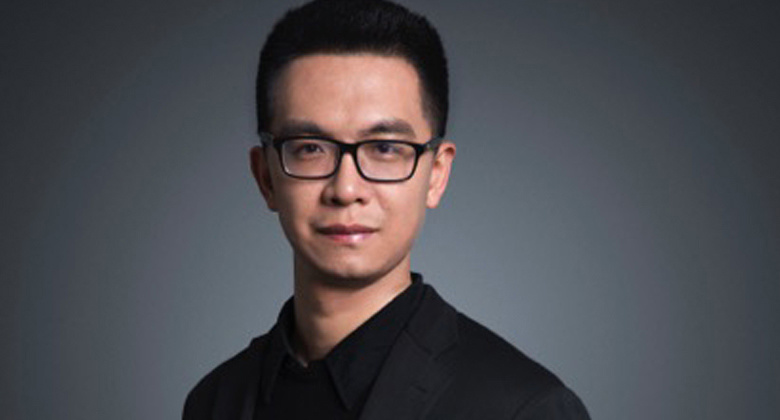Nvidia Takes Deep Learning to School
Nvidia is already delivering training services to customers including Adobe, China’s Alibaba, India’s IIT Bombay and the National Institute of Health (NIH), the largest biomedical research agency in the world, which is a part of the U.S. Department of Health and Human Services.
Long game
Krewell believes that “the unique aspect of Nvidia deep learning is the ‘hands on’ part.” He said, “Other non-university programs seem to all be online training, including the Udacity/Google free course."The upshot for Nvidia’s Deep Learning Institute, as Krewell sees it, is to “accelerate the use of DL in real programs and, thereby, sell more GPUs in the long run.”
Can’t other chip vendors like Xilinx, which also promotes its FPGAs for the deep learning space, offer similar training programs?
Not necessarily. Krewell said, “FPGAs are still more complex to program for ML. There can be benefits to using an FPGA (or designing your own ASIC like Google did with the TPU), but GPUs are commonly available and instantly usable. GPUs are also multi-functional. They can be used for running the display, as well as running ML.”
Real world examples
Nvidia plans to highlight the companies already working on deep learning-inspired programs/products developed on Nvidia’s platform. One example is Infervision, a Chinese startup that has developed artificial intelligence-aided CT diagnosis for lung cancers.

Chen Kuan, Infervision CEO
Infervision founder Chen Kuan is, in many ways, a poster boy for the AI wave. His program will show how the new technology is helping radiologists read CT scans and X-rays to detect suspicious lesions and nodules in lung cancer patients earlier and more efficiently.
Kuan wasn’t one of the developers trained by Nvidia. But he came across an Nvidia brochure about its deep learning platform when he was a student majoring in economics and finance at University of Chicago in 2012,. “A friend of mine showed it to me and I was fascinated by it,” Kuan said.
During the 2012 presidential campaign, Kuan worked with other students at Chicago and MIT on a program that used AI to sort Twitter feeds for presidential candidates Barack Obama and Mitt Romney to detect public sentiment about the candidates.
That was Kuan’s baptism in deep learning. In 2014, still a PhD student, he went back to China to look for AI business opportunities in a variety of industries. After many meetings, a radiologist who works for China’s top hospital posed to Kuan the possibility a deep learning-driven cancer detection program. This idea, which became Infervision, was Kuan’s lucky break.
The buy-in from doctors was a critical factor that refined and advanced Infervision’s program. Today, Kuan says more than 100 hospitals in China are working with Infervision to feed captured CT scan/X-ray data and compare results.
A watershed moment for Kuan’s deep learning products came when AlphaGo – developed by Google Deep Mind – became the first computer Go program to beat a human professional Go player in 2015. DeepMind won again in a five-game match against Lee Sedol in 2016. “That’s when skeptics in the medical community in China changed their minds,” said Kuan. “Until then, nobody really trusted deep learning software.”



